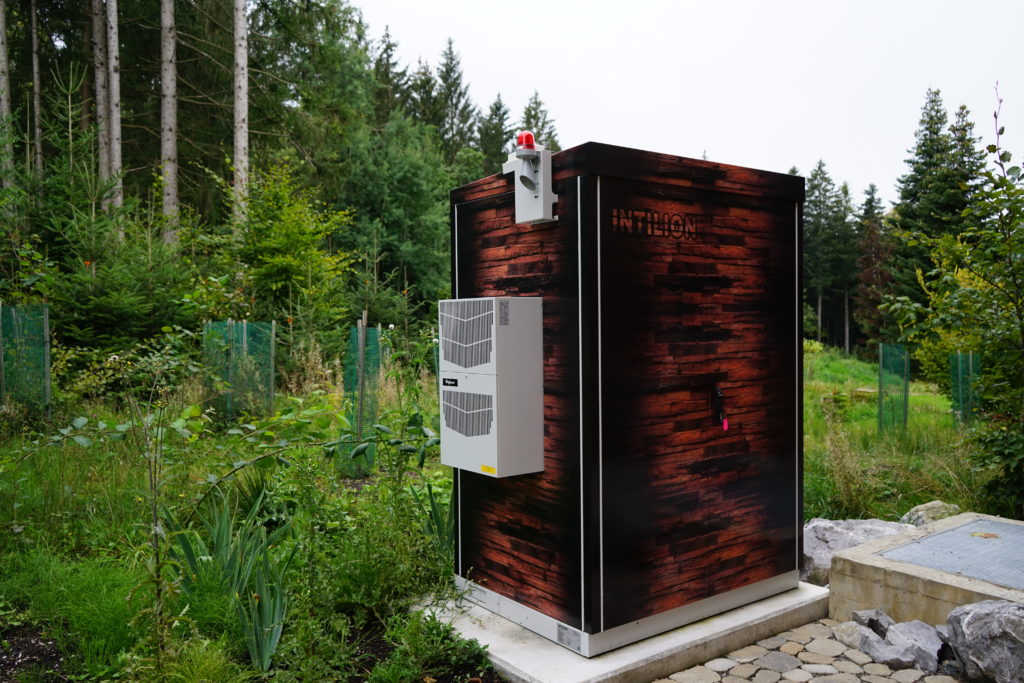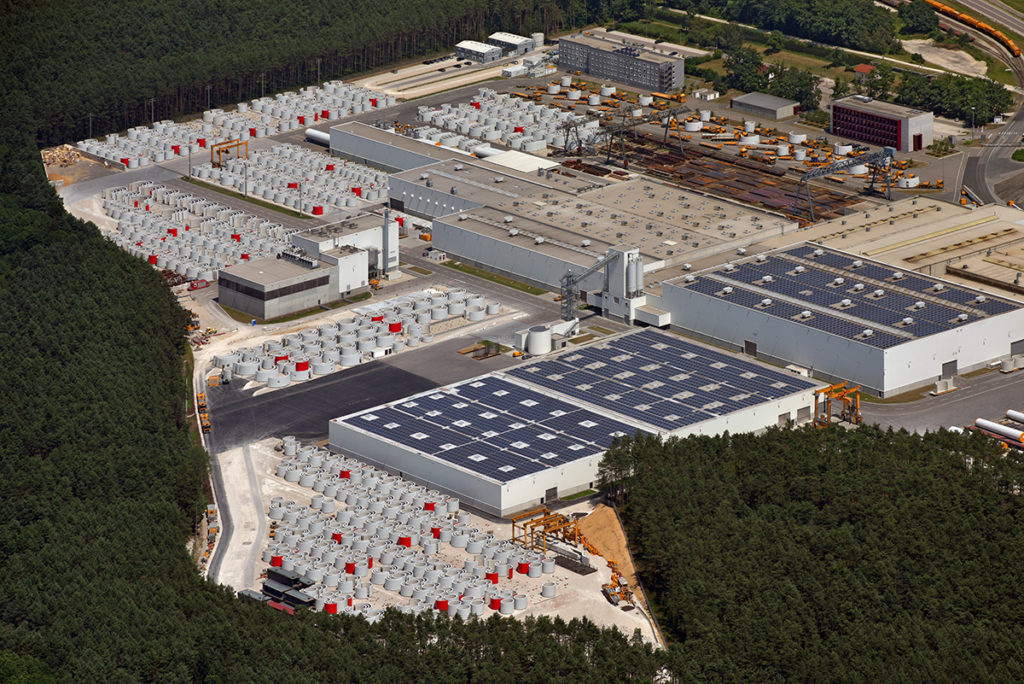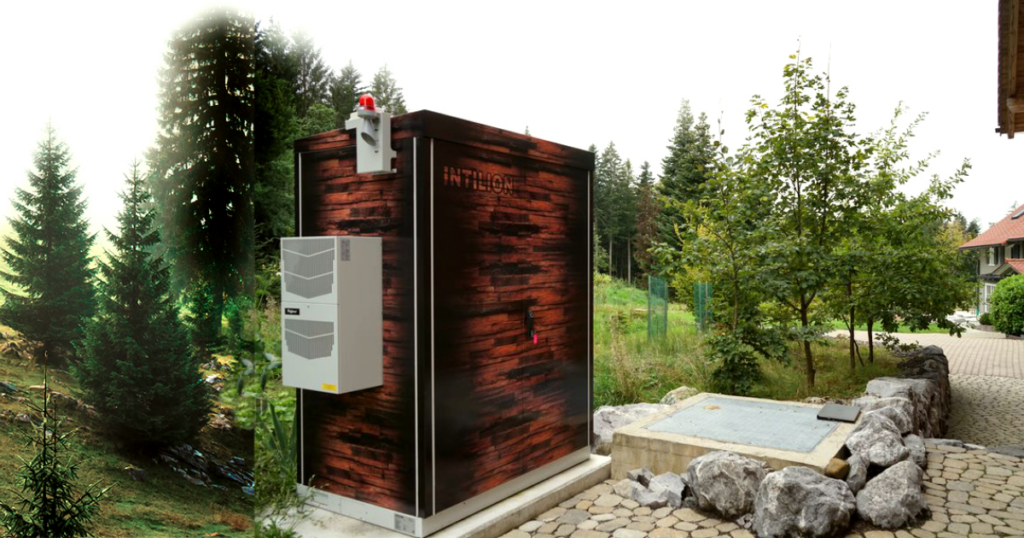Backup power solutions: The role of energy storage in the modern energy industry
Overview
What is backup power and why is it needed?
Backup power plays a crucial role in maintaining critical systems and functions in the event of a failure of the regular power grid. This is particularly relevant in corporate environments where the continuity of servers, lighting systems and production facilities is essential. In the context of INTILION and our battery storage solutions, backup power takes on an innovative form. Here, storage systems with backup power functionality enable all consumers to switch seamlessly to the battery storage system in the event of a failure of the public power grid. This advanced technology ensures that – depending on the size of the storage system – all affected consumers are fully supplied with electricity again within just a few seconds or minutes. This efficiency and speed of the emergency power supply from INTILION battery storage is an excellent solution for ensuring business continuity in critical situations.
The concept of the island grid in connection with backup power and energy storage systems
The island grid, also known as a self-sufficient power grid, is a revolutionary concept in the world of energy supply. It refers to an independent energy supply system that is not connected to the main power grid. This system is particularly useful for the provision of backup power and the use of energy storage systems. In the event of a power failure, the island grid is automatically activated to close the supply gap. By using advanced energy storage systems, the island grid can be set up quickly and the storage system continues to supply power seamlessly. This is particularly relevant for critical infrastructure and areas where a continuous power supply is essential. The off-grid concept offers an efficient and reliable solution to increase independence from traditional power grids while ensuring a continuous power supply in emergency situations.
4 Benefits of our INTILION energy storage systems as a tool for alternative supply
Energy storage systems, often in the form of batteries, have rapidly become a cornerstone for backup power solutions. Here’s why:
- Independence: With an energy storage system, you are not solely dependent on the power grid and a power outage can be bridged by setting up an island grid
- Cost savings: In the event of power outages, production losses and thus high economic losses can be avoided
- Profitable investment: The storage system is primarily used for the efficient use of (renewable) energy and thus ensures energy cost savings. This ensures a backup supply and has a quick ROI compared to a diesel generator.
Why your business needs energy storage for backup power
Energy storage systems with backup power functions offer an environmentally friendly and efficient alternative to conventional diesel generators or UPS systems. This innovative solution plays a crucial role in modern energy supply. They are not designed exclusively for use in the event of a grid failure; rather, they primarily serve important applications such as peak shaving and supporting electromobility. This versatile use makes them an integral part of energy management. In times when sustainability and efficiency are becoming increasingly important, such energy storage systems are a key component in ensuring a reliable, environmentally friendly and, above all, continuous energy supply. By serving everyday energy requirements as well as providing a robust backup solution, these storage systems stand out as indispensable elements in modern energy infrastructure.


Case study: Replacement supply for a mountain hotel
The owner of a mountain hotel complained that surrounding trees fell into the overhead line around four to five times a year and the hotel had no electricity for several hours. He also wanted to increase the self-consumption of his 15-kilowatt solar power system.
We installed a weatherproof scalebloc storage system with a capacity of 73 kWh and a power of 50 kVA. A relay integrated into the distribution system detects the power failure, disconnects the system from the grid and activates the storage system.
While the scalebloc optimizes self-consumption during normal operation, the system builds up a three-phase 50 kVA supply network in the event of a grid failure. This is sufficient to supply the emergency lighting, the canteen kitchen, the heat pump and the hotel’s charging park in the event of a power outage. Once the grid is available again, the relay switches the system back on.
FAQ
How does backup power work with a PV system?
Solar systems can supply backup power in combination with an energy storage system. In the event of a power outage, the battery storage system forms the grid, provides the frequency and voltage and the solar system can therefore continue to operate. It can then continue to supply consumers and surplus energy can be stored in the battery storage system. This also applies to other generation systems.
Can battery storage systems be operated in combination with other backup power systems?
Other grid-forming systems (e.g. diesel gensets) can be used in combination with our battery storage systems. In this case, the power flows are set according to the Droop characteristic curve.
How is it ensured that I have sufficient storage capacity for a power outage at all times despite the primary application?
A certain proportion of the battery storage capacity is permanently reserved for the emergency power supply and is not used for the primary application. This ensures that the customer can continue to be supplied with energy from their energy storage system in the event of a power outage.
Conclusion
In today’s world, it is more important than ever for companies to be able to rely on emergency power solutions. Energy storage systems offer an efficient and sustainable way to do this. If you would like to find out more about how energy storage systems can help your business, or if you are interested in making a purchase, book a consultation with us now or take a look at our range of energy storage systems.
References - Backup power
Discover our storage technologies in real application scenarios.





